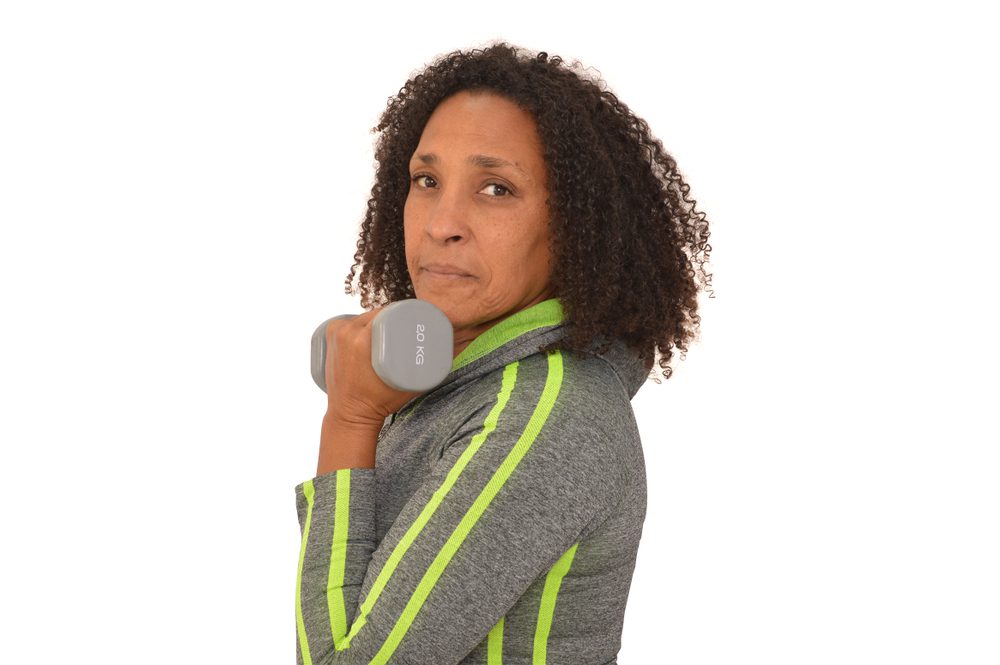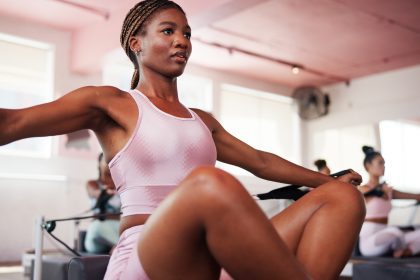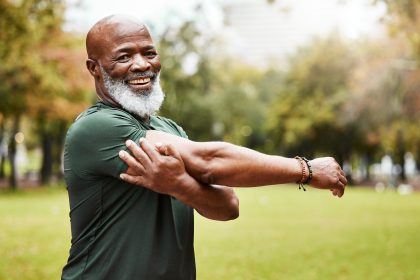Your grip does more than help you carry groceries or open jars. Research suggests that grip strength serves as a key health indicator, revealing insights into physical fitness, cognitive function, and even longevity. As scientists continue to explore its significance, one thing is clear: a stronger grip often signals a healthier body and mind.
Why grip strength matters
Grip strength is more than just hand power. It reflects overall muscle function and is closely linked to endurance, coordination, and mobility. A weak grip can indicate declining muscle mass, reduced functional strength, and even an increased risk of chronic conditions.
Studies suggest that grip strength correlates with cardiovascular health, metabolic function, and neurological performance. People with stronger grips tend to recover more quickly from injuries, maintain greater independence as they age, and experience lower risks of conditions like heart disease and dementia.
The muscles behind a strong grip
The ability to grip tightly depends on three key muscle groups working together:
Forearm extensors enable wrist and finger extension. These muscles are responsible for opening the hand and maintaining balance between grip and release movements.
Forearm flexors generate grip force. These muscles allow you to close your hand, grasp objects, and maintain a firm hold.
Thenar muscles control thumb movement and precision. These small but powerful muscles provide stability and fine motor control, making everyday tasks easier.
Strengthening these muscle groups doesn’t just improve grip—it enhances overall upper body endurance and functionality.
Different types of grip strength
Not all grips are the same. There are three primary grip types, each serving different functions and requiring specific training approaches.
Crush grip builds raw power. This is the force applied when squeezing something firmly, such as a handshake or crushing a stress ball. Training with hand grippers, squeeze balls, and heavy resistance tools enhances this grip type.
Pinch grip focuses on precision. This involves holding an object between fingers and thumb, such as carrying a weight plate or pinching a small item. Strengthening this grip improves fine motor skills and control.
Support grip develops endurance. This is essential for activities requiring sustained grip strength, such as carrying bags or hanging from bars. Training includes dead hangs, farmer’s carries, and extended hold exercises.
How to build grip strength effectively
Incorporating grip exercises into a workout routine can lead to noticeable improvements in both strength and overall health. The key is consistency and proper progression.
Start with manageable resistance. Beginners should focus on light grip exercises, such as squeezing a stress ball or using resistance bands, before progressing to heavier weights.
Train grip strength two to three times per week. Frequent training allows for steady improvement without overloading the muscles.
Focus on varied grip positions. Incorporating different hand angles and resistance types ensures comprehensive muscle development.
Gradually increase difficulty. As grip strength improves, adding more weight or increasing hold durations prevents plateaus and promotes ongoing progress.
The broader impact of a strong grip
While grip training enhances strength and endurance, its benefits extend beyond fitness. A stronger grip is linked to better coordination, reduced injury risk, and improved performance in sports and daily activities. Research also suggests that grip strength serves as a predictor of overall health, particularly in aging populations.
Maintaining grip strength can contribute to independence in later years, allowing individuals to continue performing essential tasks with ease. From holding onto railings for support to carrying groceries without strain, grip strength plays a vital role in everyday mobility.
Prioritizing grip training isn’t just about developing stronger hands—it’s about enhancing long-term health and functionality. Whether aiming to boost athletic performance or improve daily activities, strengthening grip power is a simple yet powerful investment in overall well-being.














